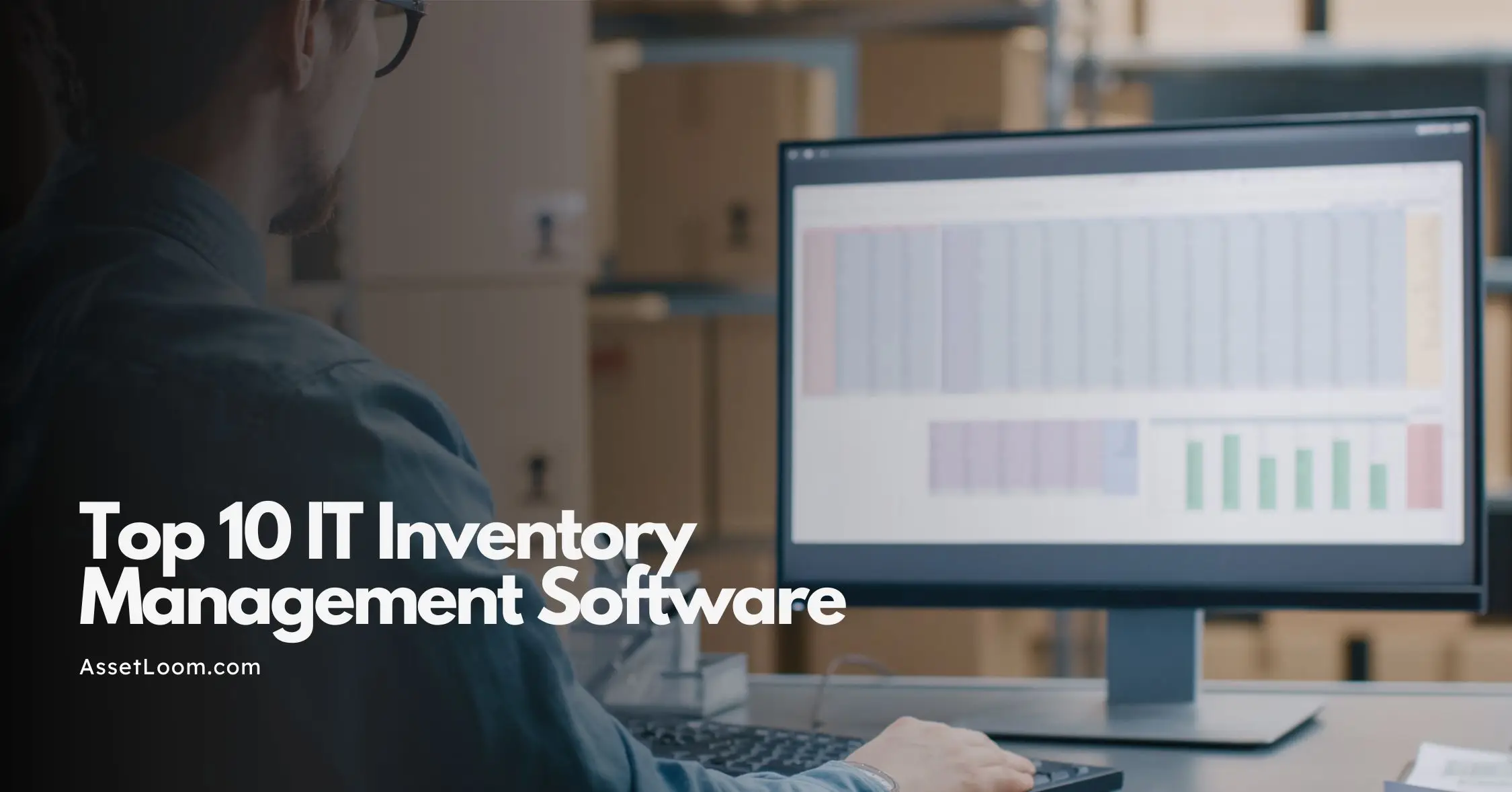How to Create Onboarding Content That Helps New Users Get Started Fast
Help new users go from confused to confident with onboarding content that turns IT mess into clarity, speed & first-day wins.
Picture a scenario where your company has just introduced a new IT system for managing it assets. It’s high-performing, built after months of choosing the right vendor & getting budget approval.
On launch day, instead of excitement, your team stops & doesn’t know what to do. They have no idea how to begin using the system. They’re confused & asking basic questions that good onboarding should have covered instantly.
Some are aimlessly exploring features & others are annoyed right away.
Then all of a sudden, you understand that the issue isn’t the software itself. The actual obstacle is poor onboarding content.
Excellent onboarding content transforms the complicated system into something your team can use well right away. If written appropriately, onboarding content clears confusion, boosts adoption speed, & helps everyone succeed.
If written poorly, onboarding content causes expensive delays & pushback from your team.
In this guide, we are going to explain how to create effective onboarding content so IT teams can start working quickly.
Why Onboarding Content Matters the Most in IT Asset Management
Onboarding content is your first & best chance to:
Ensure Compliance & Security
If you train users fast on the right steps, they’ll be less likely to create unsafe shortcuts. Faster learning = safer systems. Why risk it?
Boost Software ROI
The faster people start using software the right way, the more value your company gets from it. Slow adoption = wasted money.
Reduce Helpdesk Load
If instructions are clear from the start, your support team won’t get the same questions over & over.
Build User Confidence
Clear onboarding content helps people feel sure of what they’re doing, which prevents expensive errors. Simple as that.
If your onboarding content is weak, people may use unauthorized tools, follow processes differently, & mess up tracking. End result? Future problems. Lots of them.
Key Principles of Effective Onboarding Content
Keep these main rules in mind before you start creating your onboarding content:
- Relevance Over Overload
Give people only what they need right away. Not everything at once.
Why bury them in pages they won’t read? Start with the essentials & add the rest later.
- Action-Oriented
Onboarding content should help people do something, not just explain what a feature is. A push toward action.
- Clarity Beats Cleverness
Speak simply & clearly instead of trying to sound smart. Complex words? They just slow people down.
- Multi-Format Approach
Don’t stick to one style. Use different formats, like guides, videos, or in-app tips, so people can choose what works for them.
How to Create Top-Quality Onboarding Content
This section is about crafting impressive content that helps new users quickly learn how to use the system.
Clear, focused guidance. That’s the goal.
1. Understand Your Audience & Use Case
Don’t start creating content without first identifying the people you’re training. Who are they? What do they already know?
Ask yourself: Are these people tech experts within your company, or regular employees in other roles? Knowing this changes how you explain things.
Figure out how skilled they already are. You don’t want to waste their time with things they already know, right?
What is the smartest move?
Talk to a few people from your audience before you write anything. Their questions will show you exactly what’s missing & what needs explaining.
2. Break the Learning Process into Clear Steps
Start with the basics: logging in, basic navigation, & setting things up the way they like.
Then, teach them the main tasks they’ll use most, like adding data, changing info, & creating reports.
Finally, cover the advanced stuff like connecting the system to other tools (integrations), setting automation, & making sure rules & regulations are met.
3. Create Concise, Actionable Content
Every piece of onboarding content should give users the answers they need without making them guess.
Simply tell the user exactly what steps they must take. Explain why that step is super important. And show them how to complete the step immediately.
Give a specific, step-by-step instruction the user can follow instantly.
4. Mix Formats for Maximum Engagement
Not everyone understands best from text; some learn visually, others by doing.
Right?
Here are some examples of formats to use for IT onboarding.
- Give them a short, downloadable or online guide they can check anytime.
- Make quick videos showing how to complete important actions.
- Add guided steps inside the software so users can learn by doing.
- Host live sessions so users can ask questions & get answers right away.
Using different formats makes sure both visual learners & those who prefer text get the help they need.
5. Use AI Tools for Content Optimization
Creating onboarding content is not only about putting words together. It also needs to be easy to understand, different from others, & interesting to read. That’s why you need to take assistance from smart AI tools.
When you get onboarding content ideas from existing sources, there’s a chance you might accidentally copy phrases unintentionally. Tools like an online plagiarism remover can help you reword duplicate sentences so the content becomes 100% original.
These tools can rewrite text without changing the original meaning.
And if you let AI content creation tools like ChatGPT, Claude, Gemini, or Grok write parts of your content, you might end up getting robotic-sounding outputs.
An AI to human text converter turns AI-generated content into a friendly and more natural-sounding version. It ensures that your content bypasses AI detectors.
These tools save a lot of editing time & make sure your onboarding content stays polished & focused at helping your users.
Why work harder than you need to?
6. Make It Easy to Find & Access
Even if your guide is amazing, if it’s tucked away where no one will look, it won’t help. Hidden = Wasted Effort
Put it right where users start. First screen, first impression.
Share it through the communication platforms your team already uses. Why not meet people where they are?
Final Remarks
Onboarding content connects your ITAM tools with the users’ success.
If users learn & apply your system quickly, your company benefits sooner. Simple cause & effect.
Here comes a short checklist you can follow:
- Figure out who you’re helping & what they need to do first. No guesswork.
- Break the process into smaller, easy-to-handle steps.
- Keep your instructions short, direct, & practical so users know exactly what to do.
- Provide information in different ways (videos, text, visuals) so everyone can learn.
- Benefit from AI tools
- Put the content right where users are working. No hunting around.
Good onboarding material motivates users, boosts efficiency, & supports project success without you even noticing. If you nail your onboarding, users will go from confused to confident. Big win.

Related Blogs
Subscribe for Expert Tips and Updates
Receive the latest news from AssetLoom. right in your inbox


